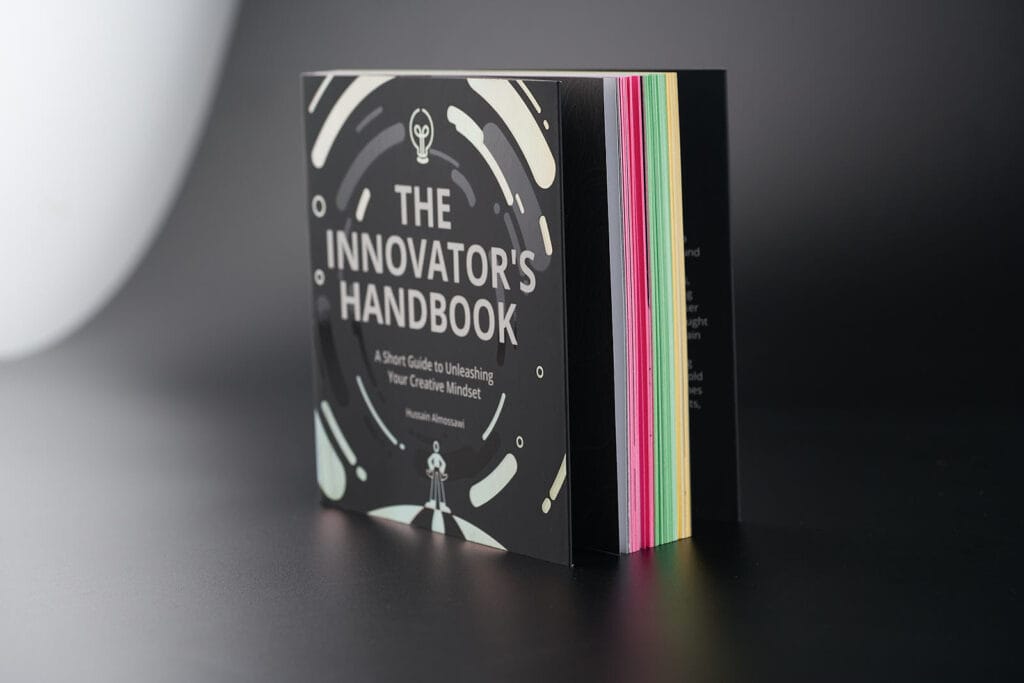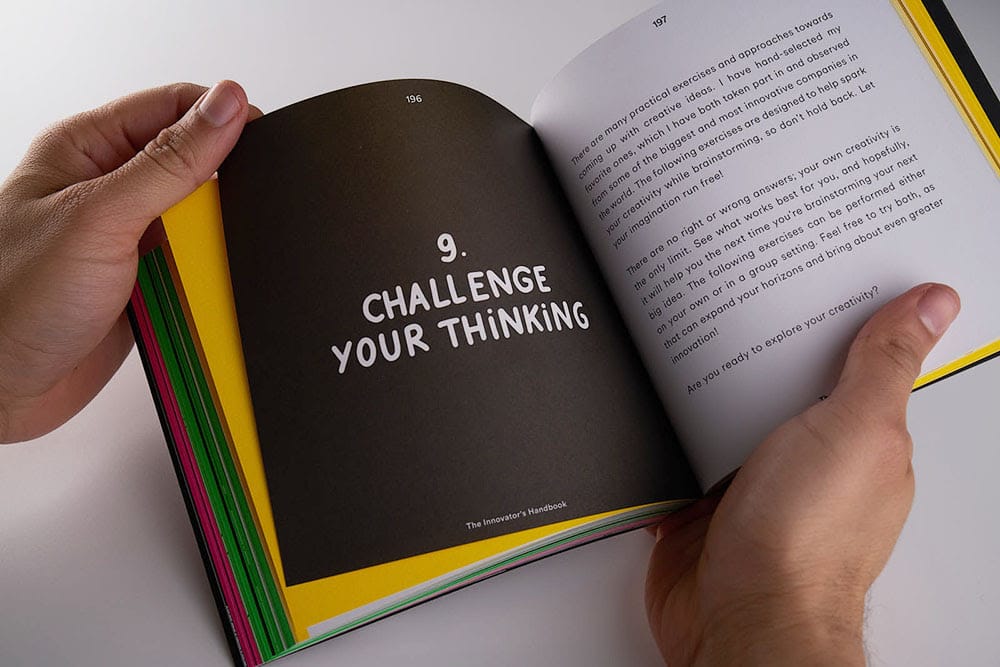In the vibrant aisles of IKEA, as customers navigate through flat-packed furniture and Swedish-named products, there's a psychological phenomenon at play. It's called the IKEA effect, a term that encapsulates the increased value we place on products we've had a hand in creating.
While the process of assembling a piece of IKEA furniture might sometimes be frustrating, the end result often brings a sense of accomplishment. This leads us to ponder: why do we cherish these self-assembled items more than those that come pre-made?
Digging into the origins of this phenomenon, the term was first introduced by Michael Norton, Daniel Mochon, and Dan Ariely. They drew parallels with a historical example: the introduction of instant cake mixes in the 1950s. Initially, these mixes didn't perform well because housewives felt they oversimplified the baking process by just adding water to the mix. However, a simple tweak in the formula, requiring the addition of an egg, changed the game. This reintroduced a degree of personal involvement, making the end product more valuable to those who made it.

The Broader Implications of the IKEA Effect
Recognizing the IKEA effect can empower creators, designers, and innovators. When developing new products or ideas, understanding that personal involvement can amplify perceived value is crucial. This isn't just a marketing gimmick; it's a deep-seated cognitive bias. Being aware of this can help designers and innovators craft experiences that resonate more deeply with users or audiences and make them more involved in the co-creation process.
This principle of "personal involvement" and the resulting attachment can be applied in various domains, from education to organizational behavior. Take the realm of tech, for example. There's a rising trend of mechanical keyboards sold without keys. Users receive the base and then have the opportunity to build and customize their keyboard, choosing key colors and placements as they like. This not only allows for a personalized touch but also instills a sense of pride and ownership in the end product. Every time they type, they're reminded of their unique contribution to that piece of tech. It's the IKEA effect, manifesting in the digital age.
Beyond tangible products, this phenomenon extends to the ideation and implementation processes within organizations, emphasizing the importance of collaborative creation. The IKEA effect can be harnessed for positive outcomes. For instance, a study by Radtke and colleagues found that involving children in the cooking process can make them more inclined to eat and enjoy their meals, including the often-dreaded vegetables.
While the IKEA effect highlights our attachment to our creations and ideas, it also serves as a reminder to value external perspectives. Just as we might overvalue our self-assembled furniture, we might also overvalue our own ideas simply because they're ours. Embracing diverse perspectives can lead to more balanced and informed decisions.

Three Key Takeaways from the IKEA Effect
1- Enhanced Product Value through Customer Involvement:
For designers and creators, the IKEA effect offers a valuable lesson. When developing new products or ideas, involving users in the creation or customization process can significantly amplify its perceived value. This psychological behavior, where the mind places more value on things we have a hand in creating, can be a powerful tool. By offering even simple customization options or interactive experiences, designers can invoke the IKEA effect, leading to higher satisfaction, brand loyalty, and a product that resonates deeply with its users.
2- Fostering Employee Ownership in Organizational Change:
In the realm of leadership and organizational change, the IKEA effect underscores the importance of employee involvement. Leadership expert John Kotter emphasizes that when people feel they are part of the change process, they are more inclined to embrace it. Drawing from my personal experience in the industry, when a diverse team collaborates on a project, such as designing a shoe, the collective effort and varied expertise result in a product that the entire team cherishes, takes pride in, and feels a strong sense of ownership over once it hits the market. This collaborative approach not only yields a superior end product but also cultivates a positive company culture where everyone feels valued and invested.
3- Avoiding the Trap of Overvaluing Our Own Ideas:
While the IKEA effect highlights our innate attachment to our creations, Patrick Lencioni, in "The Five Dysfunctions of a Team," points out the importance of team collaboration and trust. The danger lies in becoming overly attached to our own ideas, simply because they're ours. By recognizing this bias, we can cultivate a more collaborative mindset, valuing contributions from diverse sources, and ensuring that decisions are balanced and well-informed. Embracing a variety of viewpoints can lead to richer, more robust solutions and a harmonious team dynamic.
The IKEA effect is a fascinating glimpse into human psychology, revealing how personal investment can alter our perception of value. Whether it's a piece of furniture, a home-cooked meal, or an idea at a workplace, the effort we invest can significantly influence our attachment and valuation.
As you brainstorm your next product or idea, consider this: How can you involve your audience in its creation or evolution? Harness the power of the IKEA effect. Invite collaboration, seek input, and let your users or customers be a part of the journey. By doing so, you not only enhance the perceived value of your offering but also foster a deeper connection and loyalty. Remember, when people play a part in creation, they see more than just a product; they see a piece of themselves. Make your next venture not just about selling, but about co-creating.
Dream Big!
Hussain Almossawi



The Innovator's Handbook Turns One
Celebrating one year since the release of "The Innovator's Handbook"! This journey as an author has been nothing short of exhilarating. A heartfelt thank you to everyone who extended their support and shared their personal experiences on embracing innovation.
Available in print, on Kindle, and now, for those who love to listen, as an audiobook on Audible.




